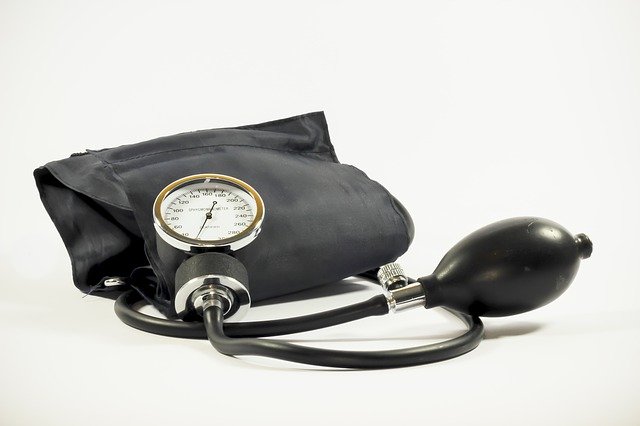In this article, we will explore the third large code set, HCPCS (Health Common Procedure Coding System).
It’s commonly known as hicks-picks.
This code set bases on CPT and the first level of it is even identical to CPT.
That might be confusing, so let’s get into more detail.
The HCPCS set was created by the CMS (Centers for Medicare and Medicaid) for the same purposes as the CPT was developed by the AMA.
It aims at reporting medical services and procedures.
The HCPCS code set was optional until 1996.
However, that year, the HIPAA (Health Information Portability and Accountability Act) was passed.
This act made the HCPCS mandatory to use in particular cases.
The HCPCS are used to represent medical procedures to several third-party payers, including Medicaid and Medicare.
This set has three levels.
Level one is the same as in CPT.
However, when billing Medicaid and Medicare, those codes are technically HCPCS.
CMS considered the existing CPT codes and decided that no variation or improvement was necessary, so they included all CPT into HCPCS.
For example, while coding the placement of a tracheal stent for an elderly patient with Medicare, the CPT code 31631 is used.
However, since the billing is going to Medicare and not another payer, this code is technically HCPCS.
The difference between the HCPCS and CPT codes appears in the Level II of HCPCS and its modifiers.
In this article, we will talk only about the codes of Level II.
Level II HCPCS Codes
The Level II codes in HCPCS were developed to represent non-physician services, such as walkers, wheelchairs, ambulance rides, durable medical equipment, and other services that don’t match Level I.
The CPT code set describes the procedures, but it doesn’t contain many codes for the products used for procedures.
Level II of HCPCS describes such products and medical equipment items.
Similar to Level I, codes in Level II contain five characters.
However, these codes are alphanumeric, where the first character of the code is represented by a letter.
Similar to ICD and CPT codes, these codes are gathered by the services they describe in numeric order.
Generally, you can refer to the code range by their first character.
For instance, J-codes stand for non-orally administered medications and drugs for chemotherapy.
These codes are some of the most commonly used.
Manuals for HCPCS codes have an index and table of drugs.
When coding the delivery of medications or drugs, coders should always use the drug table.
Medication coding is one of the most essential parts of HCPCS use, and with the drug table, coders can get more accurate information on where they can find the right code.
The HCPCS codes are used a lot like ICD or CPT ones are.
After receiving a medical report, coders take notes on the performed procedure, prescribed or injected products, (or delivered otherwise), and then use the HCPCS set to find the correct code.
Keep in mind that coding with these codes requires even a higher level of precision than CPT codes.
This set has different amounts and variations of medicine and equipment used in the procedure.
So, coders have to stay as close to the medical report as they can to ensure to code the right procedure.
For example, 20 ten-mg capsules of antibiotics cost more than 10 ten-mg ones.
That’s what you have to pay attention to with HCPCS.
For example, a patient received an injection of adalimumab, 20 mg, to relieve the signs of rheumatoid arthritis, temporarily.
If you got such a report, you leave aside the CPT code for the procedure and the ICD code for diagnosis and take a look at the amount of the administered medication and its type.
You will also know that you need to look for a J-code for a drug administered in another way but orally.
A lot of codes in the J section are injected medications.
So, you will have to look up adalimumab and find the code J0135, which is “injection, adalimumab, 20 mg”.
This is the HCPCS Level II code you will use when creating a claim for Medicaid, Medicare, or another third-party payer that uses HCPCS codes.
Similar to CPT, HCPCS notifies you which codes were revised and which are new.
Revised codes have a triangle next to them, and the new codes have a circle.
These codes are being regularly updated.
There are many strikethrough codes, which let you know that a code that was listed before has been moved or deleted.
Also, you should keep in mind that many Level II codes in HCPCS come with specific guidelines for the use.
These guidelines are various, but with HCPCS codes, you should always be alert.
A careful coder always takes notes of the equipment types and medication amounts used in the procedure.
Read the full guide: How to Become a Medical Biller and Coder


